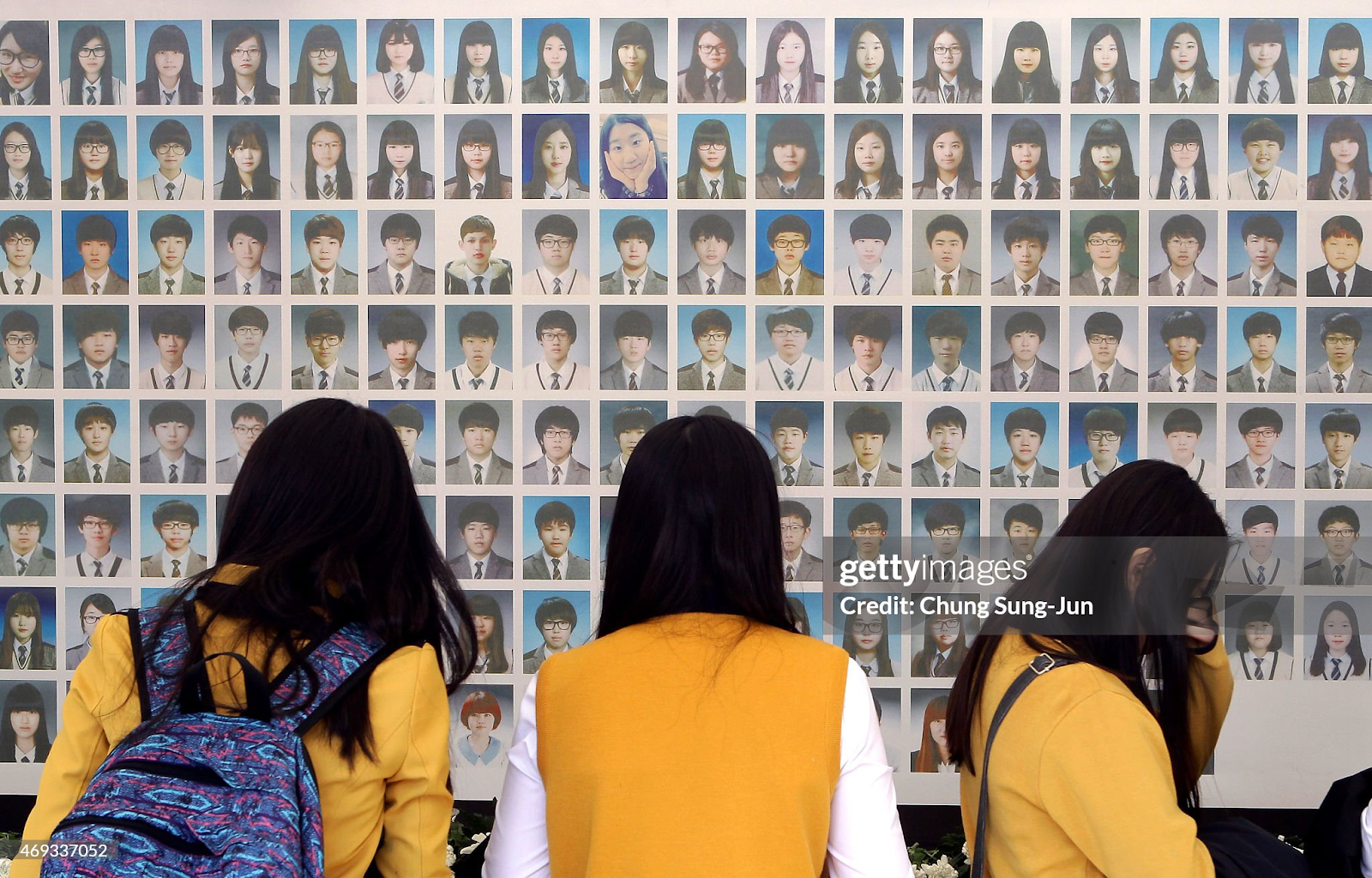In a report from the Catholic Peace Weekly News Service a priest columnist reminds us of a tragedy from the past.
April 16, 2014. The Sewol ferry, which departed Incheon and was on its way to Jeju Island, sank off the coast of Jindo, Jeollanam-do. The captain, wearing only his underwear, was the first to escape from the sinking ship. About 300 people, including students from Danwon High School in Ansan, were on a field trip and could not return to their families. Paengmok Port becomes a sea of tears. Citizens hung yellow ribbons, saying something had to be done in response to the rising sadness. The Sewol ferry, which carries her pain, is salvaged from the sea and docked at Mokpo New Port.
Perhaps because 10 years have passed, the feelings of remembrance are becoming dull. The yellow ribbons that were seen telling us to remain still and be with the bereaved families have disappeared. Those who were in the disaster control tower at the time are now living well without any problems. Only those who lost their precious family members are still wiping away their tears. 10 years have passed and the writer thought time would heal the pain. However, even on the 10th anniversary of the Sewol ferry disaster, we still talk about the reason for our nation's existence and its safety.
159 lives were lost in Itaewon, in the center of Seoul. Itaewon was the Seoul Sewol Ferry. There was insensitivity to safety and the incompetence and irresponsibility of the persons in charge. Although we pledged to never repeat the Sewol tragedy, we failed to protect lives.
It's not just the Sewol Ferry and Itaewon. We demand safety and concern for life every day. Our ordinary citizens demand safety from the state. Workers say that they should not die while working and that if they are sick, they should go to the hospital instead of going to work. Citizens ask whether we should create a culture of life rather than a culture of greed. Citizens ask the world to help us learn from our tragedies.
“We remember the victims” This year, the 10th anniversary of the Sewol ferry disaster, is also the 10th anniversary of Pope Francis’ visit to Korea. He remembers Pope Francis comforting the Sewol victims' families in the middle of Gwanghwamun Square. As a religious person, he was asked to remain neutral and not say or do things that the powers may dislike, and the Pope said, "How can you do that in the face of suffering?" He personally attached a Sewol yellow ribbon on his chest and offered Mass. We baptized the victims of the Sewol ferry disaster. The starting point of the Pope's consolation was memory.
Memories are powerful. We must remember not only the Sewol disaster and Itaewon but also the sick and those who live with difficulty worldwide. We must remember and walk together. If you cry, you should hold hands and cry together, and if you laugh, you should laugh together.






